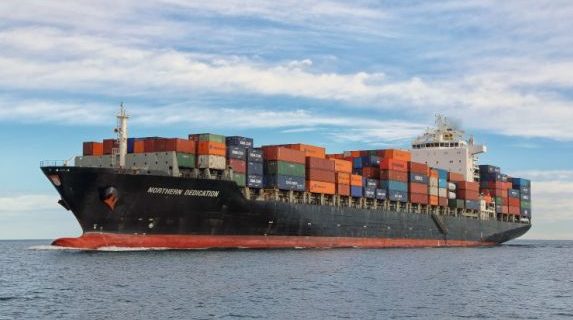Today’s Shanghai Containerized Freight Index (SCFI) recorded further gains for the Asia-Europe tradelanes, taking its combined reading up another 7% for the week, which is 54% higher than a year ago.
“Demand was strong enough to push rates up, even with cancelled sailings restored and carriers adding temporary and even new permanent services on the lane,” said a logistics analyst. “With reports of rolled shipments and container shortages out of China indicating the extent of the demand rush, carriers will likely introduce another China-US GRI for September, which would be the sixth in just three months.”
In a weekly US import update report, Consultant John Monroe said “that the substantial freight price hikes were taking their toll. Importers’ budgets are ballooning and, in some cases, about to explode from having to pay the extremely high cost of transport. The record high rates will undoubtedly cause major budget excesses.”
US importers are not the only one feeling the stress of rates. For the Asia to Europe tradelane, shippers are also seeing spot rates jump – albeit not to the extent as on the transpacific, containers being rolled – even on premium rates, and equipment shortages reported at depots. Carriers on the route are preparing to roll out increased FAK rates on September 15, where, for example; CMA CGM is adding $200 to the price of taking a 40ft box from Asia to North Europe.
According to The Loadstar report Maersk’s spot rates to from Shanghai North Europe are nearing $3,000 per 40-foot container. In some cases, even when shippers are paying these rates, there is a two-to-three-week delay before shipment. It is reported that several carriers’ spot and premium products are now being quoted significantly higher than the market spot rate.
Source: The Loadstar


